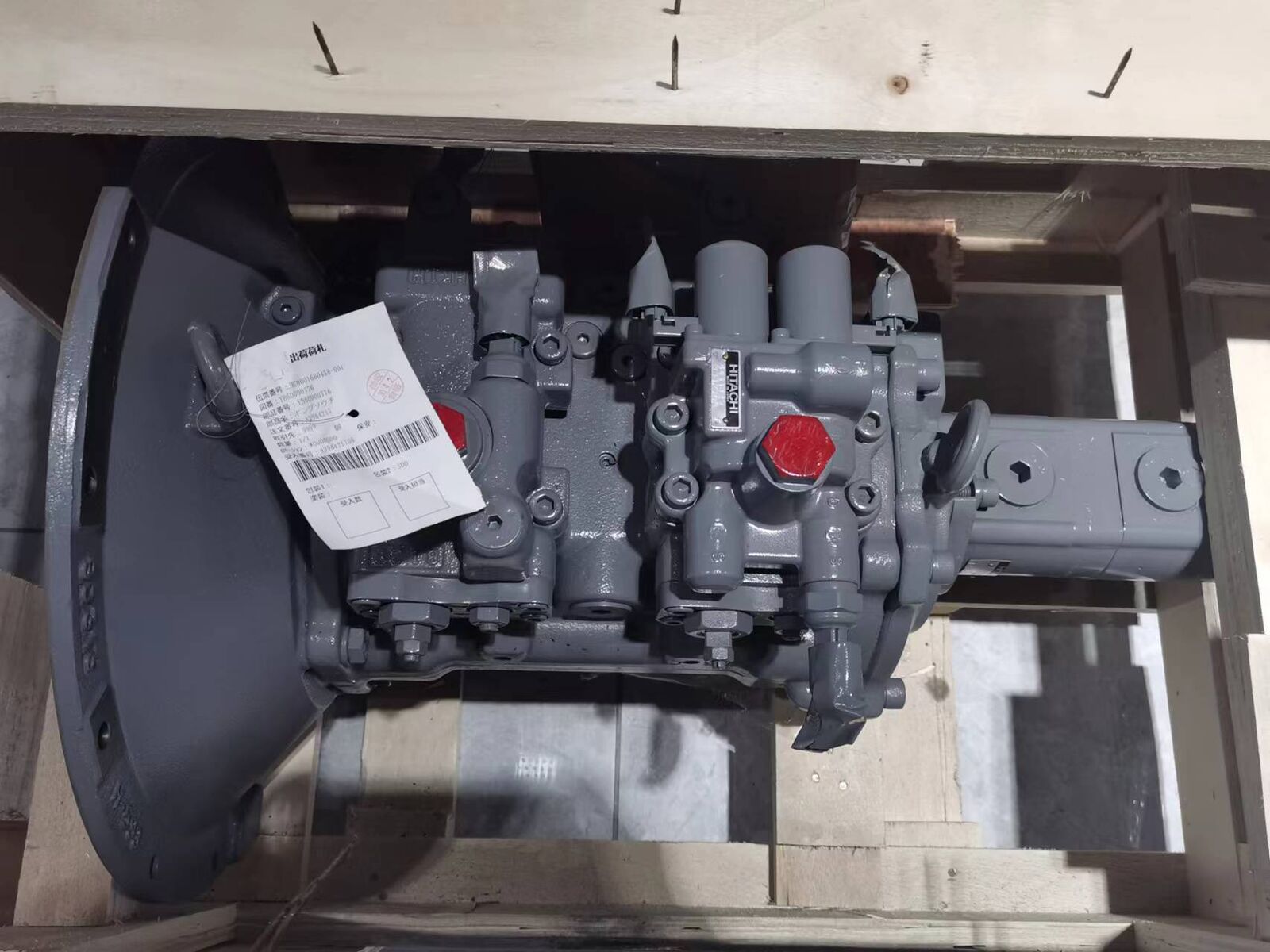A heat pump is a device that transfers heat from one location to another using a refrigeration cycle. It can be used for both heating and cooling purposes. Here’s a simplified explanation of how a heat pump works:
Evaporation: The heat pump contains a refrigerant, a substance that easily changes between liquid and gas states at low temperatures. The refrigerant is evaporated in the indoor evaporator coil, absorbing heat from the surrounding air or fluid.
Compression: The gaseous refrigerant is then compressed by a compressor, which increases its temperature and pressure. This compression requires energy input, usually from electricity.
Condensation: The hot, pressurized refrigerant then flows into the outdoor condenser coil, where it releases heat to the outside environment. This heat transfer causes the refrigerant to condense back into a liquid state.
Expansion: The high-pressure liquid refrigerant passes through an expansion valve or metering device, which reduces its pressure. This pressure drop allows the refrigerant to expand and cool down.
Repeat: The cool refrigerant returns to the indoor evaporator coil, and the cycle starts again. This continuous cycle of evaporation, compression, condensation, and expansion allows the heat pump to transfer heat from one location (indoors or outdoors) to another.
During the heating mode, the heat pump extracts heat from the outdoor air (even in cold temperatures) and transfers it indoors to heat the space. In the cooling mode, the process is reversed, and the heat pump removes heat from indoors and releases it outside, cooling the space.
Heat pumps are known for their energy efficiency because they transfer heat rather than generating it directly. They can provide both heating and cooling in a single system, making them a popular choice for residential and commercial applications.



